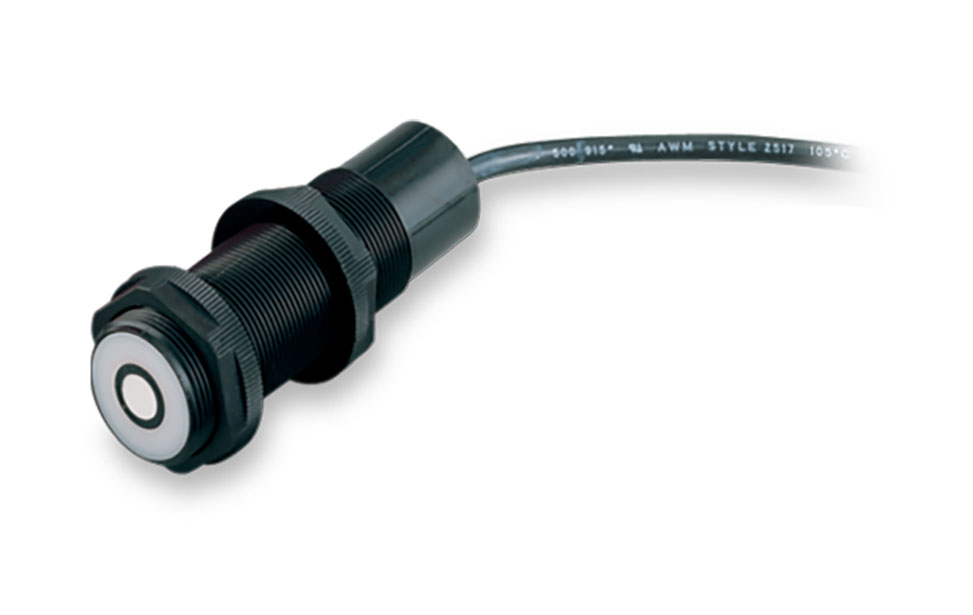Ultrasonic Sensors

Ultrasonic signals are like audible sound waves, except the frequencies are much higher.
Ultrasonic transducers have piezoelectric crystals which resonate to a desired frequency and convert electric energy into acoustic energy and vice versa.
Diagram A shows how sound waves transmitted in the shape of a cone are reflected back to the transducer. At this stage, an output signal is produced to perform some kind of indicating or control function.
A minimum distance from the sensor is required to provide a time delay so that the “echoes” can be interpreted. Variables which can affect the operation of an ultra- sonic sensor include: target surface angle, reflective surface roughness, change in temperature or humidity. The targets can have any kind of reflective form and even round objects are an acceptable target.
Features
- Discrete distances to moving objects can be detected and measured
- Less affected by target materials and surfaces
- Not affected by color
- Solid state – virtually unlimited maintenance-free life
- Small objects can be detected over longer distances
- Resistance to external disturbances such as vibration, infrared radiation, ambient noise, and EMI radiation
- Analog outputs 0-10V
- Input voltage 17-30VDC
- Range control with teach-in function
- 80" max distance
- Sensing range from 60 to 2000mm
